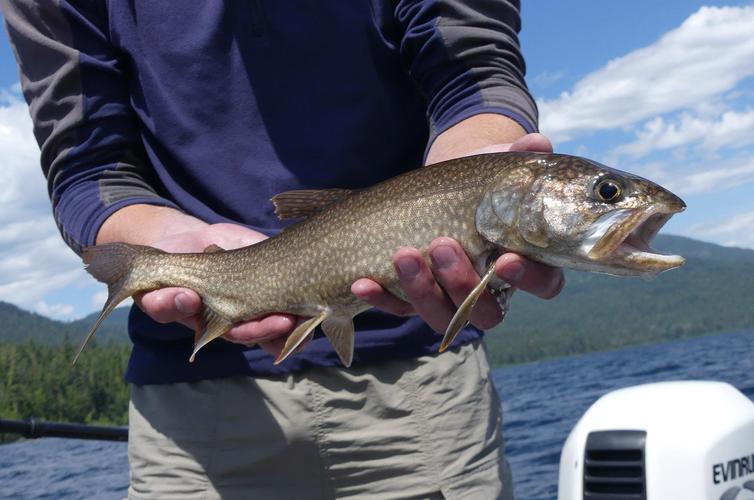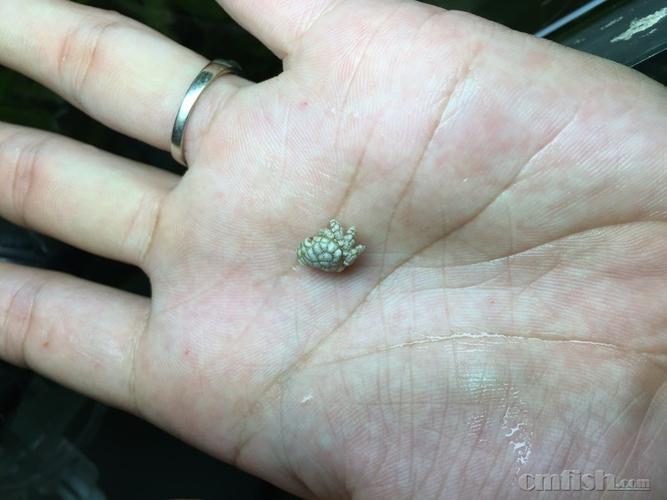Understanding Fish: A Comprehensive Guide
Have you ever wondered about the fascinating world of fish? From their diverse species to their unique characteristics, fish are a subject of great interest. In this article, we will delve into the various aspects of fish, providing you with a detailed and multi-dimensional introduction.
Classification and Diversity
Fish are a diverse group of aquatic animals that belong to the class Actinopterygii. They come in various shapes, sizes, and colors, and can be found in almost every aquatic environment on Earth. According to the World Register of Marine Species, there are approximately 33,000 known species of fish, with new species being discovered regularly.

These species can be classified into different groups based on their characteristics. The most common classification includes the following:
| Group | Examples |
|---|---|
| Bony Fishes | Goldfish, Salmon, Tuna |
| Cartilaginous Fishes | Sharks, Rays, Skates |
| Jawless Fishes | Hagfish, Lampreys |
Physical Characteristics
Fish have several unique physical characteristics that enable them to survive in their aquatic habitats. Here are some of the most notable features:
-
Scaleless or Scaled Bodies: Most fish have scales covering their bodies, which provide protection and reduce friction as they swim.
-
Paired Pectoral and Pelvic Fins: These fins help fish maintain balance and maneuver through the water.

-
Anal and Dorsal Fins: These fins provide stability and help fish maintain their position in the water.
-
Swim Bladder: This organ helps fish control their buoyancy by adjusting the amount of gas inside it.
Reproduction and Development
Fish exhibit a wide range of reproductive strategies, from internal fertilization to external fertilization. Some species lay eggs, while others give birth to live young. Here are some key points about fish reproduction and development:
-
Egg-Laying Fish: Many fish species lay eggs, which are often adhesive and attach to substrates such as rocks or plants. Some species, like the clownfish, exhibit a unique form of parental care, where the male incubates the eggs.
-
Live-Bearing Fish: Some fish species give birth to live young, such as the guppy and the goldfish. These fish have a placenta that allows the mother to nourish the developing embryos.
-
Development: Fish larvae undergo various stages of development before reaching maturity. This process includes the formation of fins, scales, and other physical characteristics.
Feeding Habits
Fish have diverse feeding habits, which depend on their species and habitat. Here are some common feeding strategies:
-
Filter Feeders: Some fish, like the herring, use their gills to filter food particles from the water.
-
Bottom Feeders: Bottom-feeding fish, such as the flounder, feed on organisms living on or near the ocean floor.
-
Predators: Many fish are predators, feeding on smaller fish, invertebrates, or even other fish. Examples include the great white shark and the pike.
Conservation and Threats
Despite their abundance, many fish species are facing threats to their survival. Overfishing, habitat destruction, pollution, and climate change are some of the main factors contributing to the decline of fish populations. Conservation efforts, such as marine protected areas and sustainable fishing practices, are essential to ensure the long-term survival of these fascinating creatures.
Conclusion
Fish are a diverse and fascinating group of animals that play a crucial role in our planet’s ecosystems. By understanding their unique characteristics, reproductive strategies, and feeding habits, we can appreciate the importance of preserving these incredible creatures for future generations.


